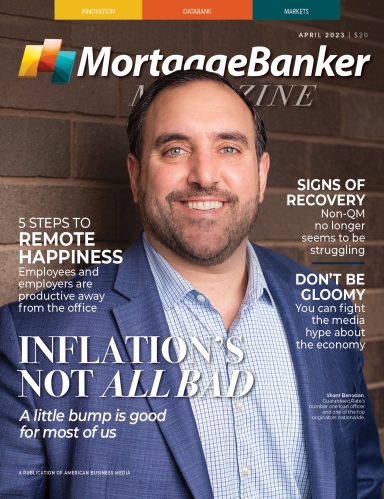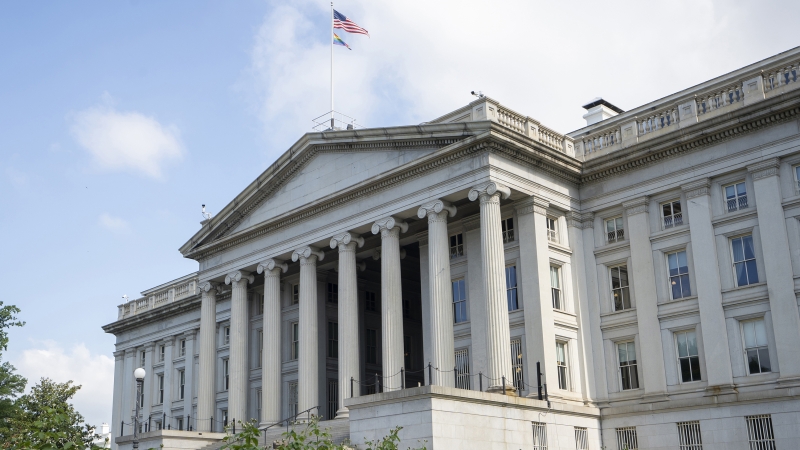You may have noticed many more reports about rising credit card debt, credit card delinquencies, inflation, and the risk of an associated recession. Somehow, and for some reason, people fear inflation. “It will erode the wealth of anyone on a fixed income,” people say. “Inflation will drive rates higher and is bad for lenders like mortgage companies.” Really? There are positives, and it is important for lenders to see those as we enter the Spring of 2023.
First, let’s look at debt – near and dear to lenders everywhere. After someone purchases a house, their largest debt is typically the mortgage. Following only housing debt does not paint the full picture. We need to look at similar debts like student loans, car loans, and credit cards, which put together, are now at similar debt levels as 10 years ago. Most lenders consider the complete debt picture of a potential borrower, and it turns out it isn’t just millennials that are leveraging themselves up.












